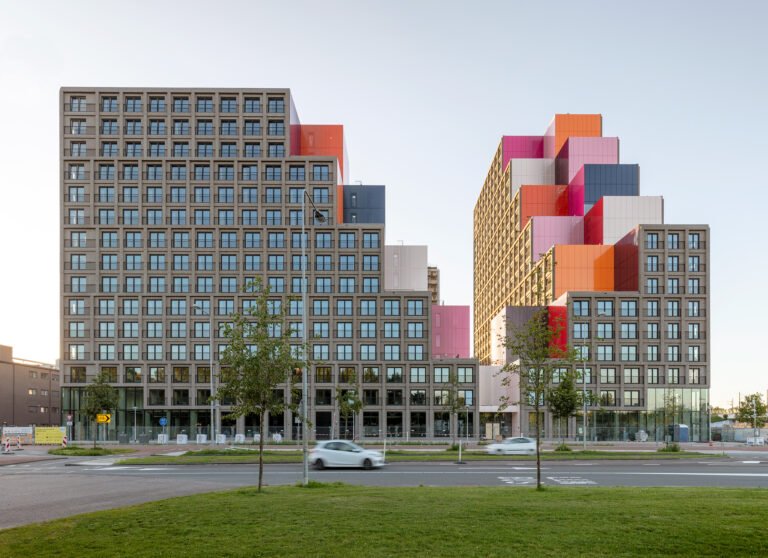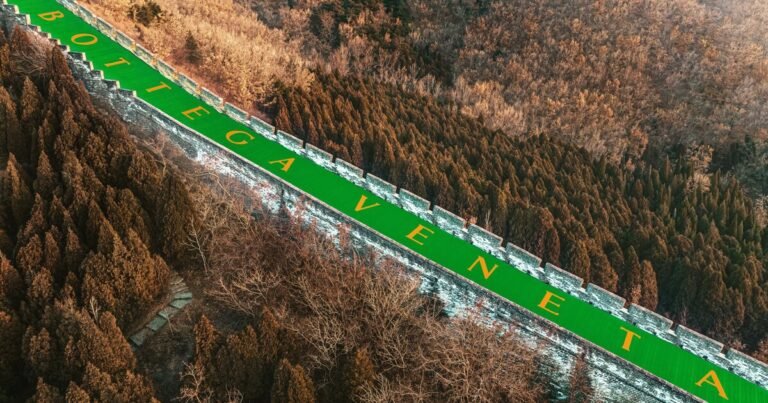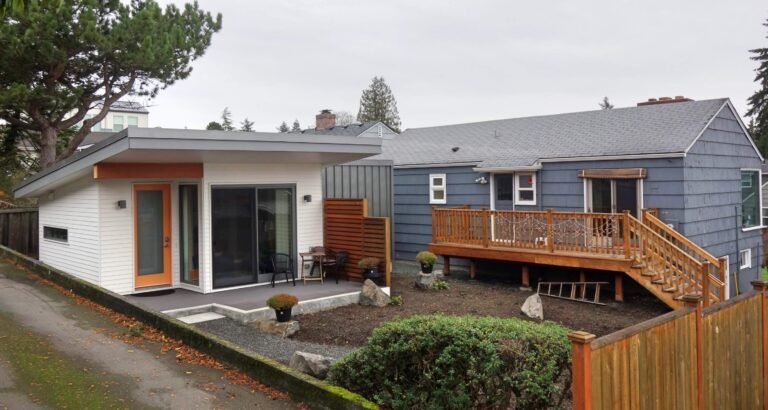SERtão Portinari Installation / Nildo José
SERtão Portinari Installation / Nildo José


Text description provided by the architects. At the entrance to Sertão Portinari, visitors will pass through a portico covered with Grand Metal ballast. An imposing choice to enter the space that values earthy tones. The choice of colors was inspired by a palette of tones present in the works of the greatest Brazilian artist. The arrival presents rusticity, elegance, and enchantment. One element reflects the air of the sertanejo region, with a large Mandacarú that welcomes you.

Under intimate lighting that welcomes, the floor of the entire space is covered with the Boulevard collection and gives the floor an aspect of beaten earth. In this color palette predominantly in earth tones, the monochromatic is broken with a touch of joy in the blue of the Acqua porcelain, which represents the sky and the water. It is in the promise of rain that the faith of the sertanejo is crystallized. Life is going beyond the obvious, it’s seeing with sensitivity the beauty in the details. A look at art in everyday life and even a colorful and lively sertão.


The project, poetized by Nildo José, brings integrated and fluid environments, having Brazilianness as its main concept. With a look at cozy interiors, with fewer items and a smooth and fluid aesthetic, it is possible to find the balance between organic shapes and straight lines.

A brise formed by the Senses Decor bricks surrounds the entire environment and makes reference to the rammed earth construction system: the use of clay and wood to create walls. This relationship creates an unusual effect between the rusticity of the Sertão and the elegance of the innovative proposal in the arrangement of porcelain tile. Still valuing the versatility of Portinari’s porcelain tiles, the home office table and the kitchen countertop explore the grandeur of the Gran Metal ballast. With joinery by Ornare, the central bench with straw details serves as a station for cooking and, at the same time, sharing good times.

In the center of the space, there is a circular island that divides the functions of the house, where on one side there is a bar and a fireplace, forming a lounge, and on the other, a part of the structure serves as the bathroom. The minimalism present in this relationship between interior and exterior reveals a deeply artistic and modern side and another that does not give up functionality and elegance. The bathroom has glass and a mirror by Silvestre Vidros, which connects to the bedroom. In it, the Double Bed, by Wentz Design, forms a space of comfort and relaxation.

The environment consists of a living room, lounge, kitchen, dining room, and master suite with a home office. In the kitchen and bathroom, Deca tableware and metals stand out. On the ceiling and walls, Nildo used Duratex coverings in the Nogueira Veneto pattern, a redesign of the classic Italian walnut, which harmonizes tradition and the contemporary.

In the social area, the dining room and the gourmet space feature a rectangular table, produced by Sandra Ortho Esculturas, with a special design by the architect for CASACOR, and Bambolê chairs, by +55 Design, complete the production. On the ceiling of the living room, a large light fixture ensures a more casual air for the environment, which also gained the imposing Sofá Abapo, by Roberta Banqueri.

The space is curated by furniture that permeates established and new designers, such as Poltronas Paraty, signed by Sério Rodrigues; Kanga armchair, by Ricardo Van Steen; Ondine armchairs, by Jorge Zalszupin; Cordial Armchair, by Victor Vasconcelos; MP97 armchairs, by Percival Lafer; among many others already mentioned.

Technology is also present in the facility. Throughout the show, projectors bring real images of cracked earth, the sounds of running rainwater, and children running through the puddles, living this atmosphere of purity and joy. The soundtrack also sets the aura of the sertão, with references to the rezadeiras, accordions, and other magical elements of the region.

Finally, the central artwork of the space is called “Os Brasileiros”, by the artist Juraci Dórea. Sculptor, painter, draughtsman, photographer, visual programmer, he worked in Feira de Santana and gradually made his work converge contemporary visual languages with country roots and traditions.










